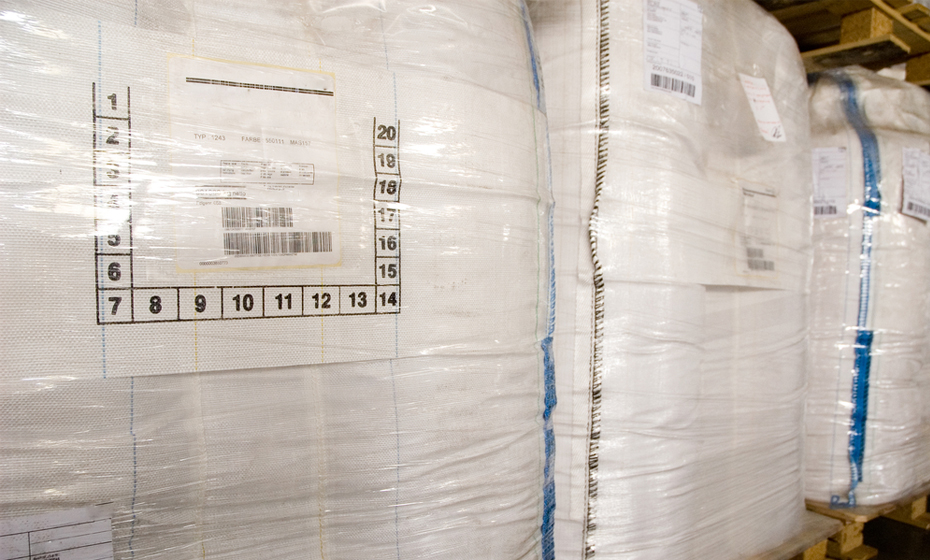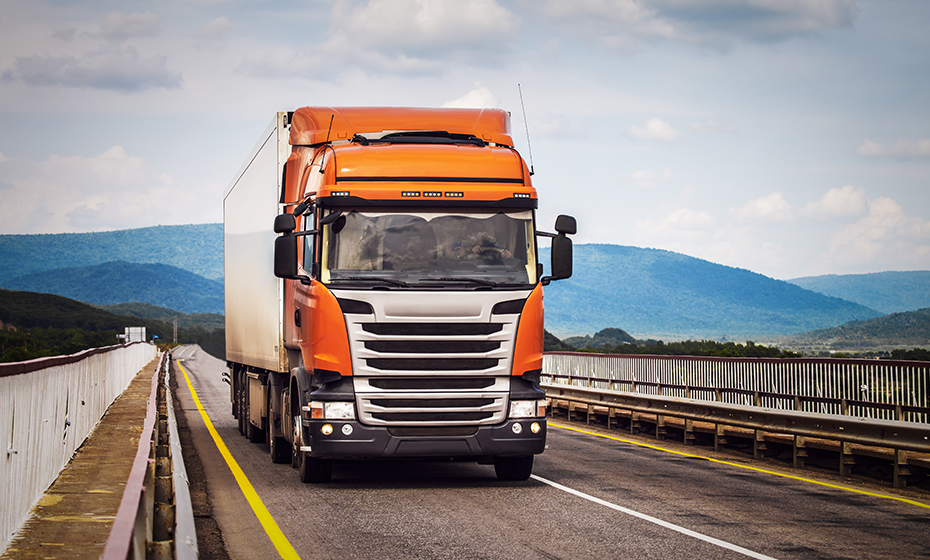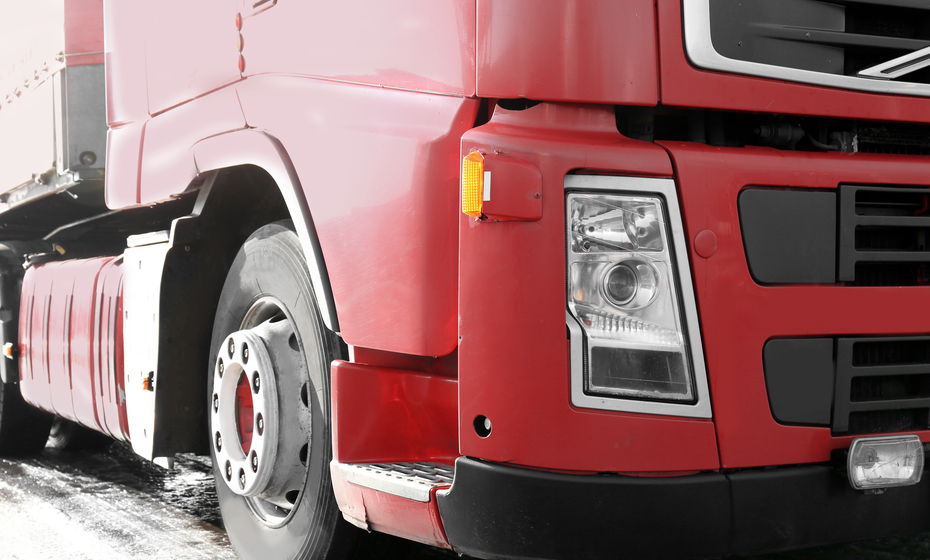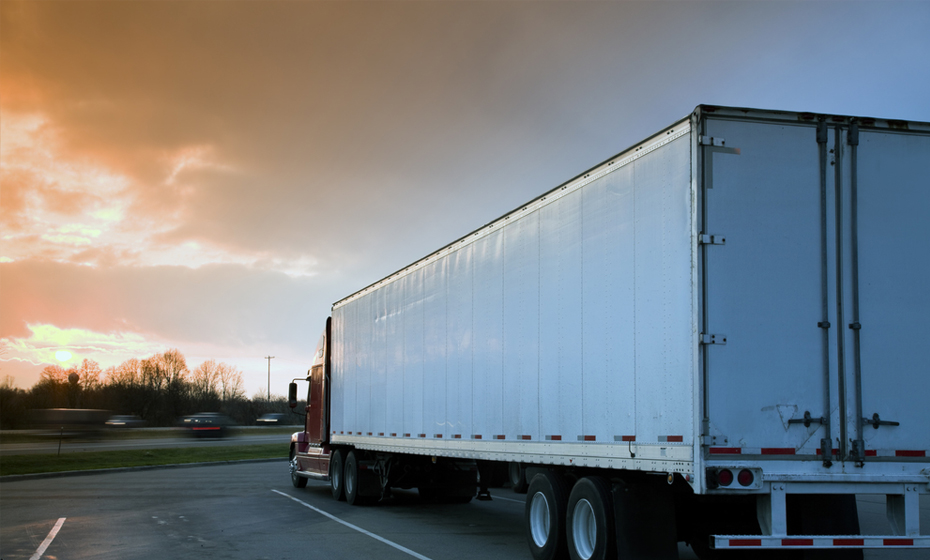Dry bulk trucking is a massive industry. But when it comes to this kind of trucking, what processes are involved? In order to get a better understanding of dry bulk trucking, Mickey Genuine Parts is going to take a closer look at what it’s all about and share that information with you.
The Process of Loading
This process can be simple in many cases… but at other times, not so much. For example, it is relatively simple to load a dry bulk trailer with clay, sand, and other various materials. You simply drive under the chute to place the trailer appropriately, someone opens the silo’s chute, and – courtesy of gravity – the material drops through the manhole into the trailer. Each trailer is filled evenly from one to the next through this process.
As suggested, however, there are products that are a bit trickier when it comes to loading. Powder and plastic pellets, for example, can’t be loaded by the silo/chute method. In this case, hoses and air pressure must be used. To get the product moving, air pressure must gently be adjusted and just the right pressurized hoses used by a skilled worker in which to transport the product appropriately.
In many cases, an employee will be assigned by the shipper to take charge of the loading process. Before loading, all trailers must be odor free, dry, and clean. Wash slips are sometimes issued to guarantee the cleanliness of a tank or trailer. No contamination from one product to another should be allowed. No product should leak out, so hopper valves and manhole seals must be tight and secure.
The Process of Unloading
Ordinarily, this is the driver’s job. This makes sense because who better to understand exactly how the equipment works than the driver? Upon arrival, a driver will stop at the office to confirm that the product is what it is supposed to be and show paperwork.
For silo offloading, receiving site personnel will verify the correct silo. As closely as he can, the driver brings the truck to the silo and uses a hose with which to transfer the product (with a blower or vacuum). Generally speaking, by an hour and a half or less (product dependent) offloading should be completed.
The Process of Tank Washing
The need for washing is one of the biggest differences between dry bulk and dry van trucking. A certified tank wash station must be used after a driver drops off his load. One may not be available on site, so he may have to drive for some time in order to find one. So, with every shipment, extra time is added by this requirement. Ordinarily, the wash is paid for by the shipper.
A high-pressure water rinse is all that is needed for some tanks carrying certain products. If the driver is picking up the exact same product for the next load, certified washing might be skipped and replaced by a simple high-pressure hose washout.
A “conversion wash” will be required in some instances, however. This is particularly applicable when moving plastics. Everything gets cleaned – not just the tank. This can include disassembly and washing of fittings, pipes, the tank, etc.
At Mickey Genuine Parts, we carry used trailers for those wishing to save money right up front. Any accessories or parts that you may need for your trailer, rest assured, Mickey has what you’re looking for. Order your part by 2 PM Eastern Standard Time, and we can start shipping it the very same day (provided it’s in stock). Contact Mickey today to see how we can be of assistance to you.




